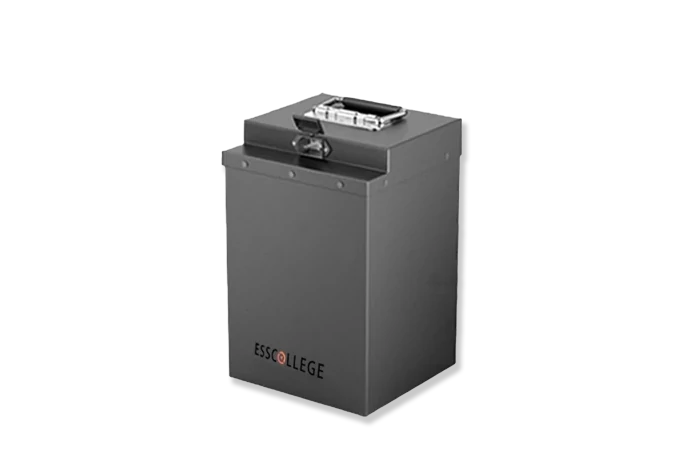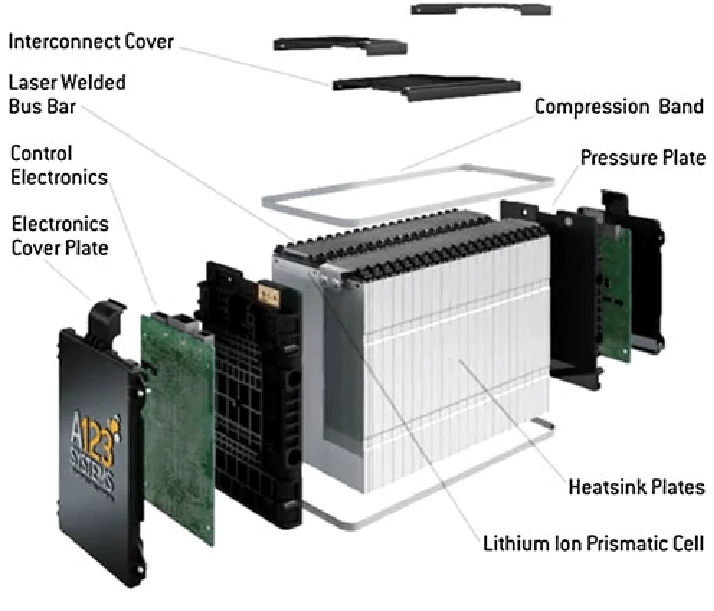Product testing Product testing is a key link to ensure...
Capacity test
Capacity testing is one of the core tests to evaluate battery performance and is used to measure the maximum amount of power a battery can provide under specified charge and discharge conditions, usually in milliampere-hours (mAh) or ampere-hours (Ah). By charging and discharging the battery, you can determine the effective energy that the battery can provide during use, ensuring that it meets the energy requirements of the device or application.
Capacity test

Capacity test is the basic test in battery performance evaluation, which determines the actual capacity of the battery by measuring the change of electricity during the battery charging and discharging process. This test is essential to assess the effective energy storage of the battery, check the degree of deterioration of the battery, and verify the quality and performance of the battery.
Test principle and procedure
Charging phase
Before capacity testing, the battery is first charged to its rated voltage. This charging process usually follows a certain charging curve (such as the CC-CV charging mode) and is carried out using a constant current or constant voltage. After the charging process is complete, the battery reaches its nominal maximum voltage, after which it is tested for discharge.
Discharge phase
A discharge test measures the discharge process of a battery by connecting it to a constant load current until the battery voltage drops to a specified cut-off voltage (usually the lowest operating voltage of the battery). During discharge, the output voltage and current of the battery are monitored in real time.
Computing capacity
By measuring the product of the current provided by the battery and time during discharge (that is, current x time), the actual capacity of the battery can be calculated. For example, if the battery continues to discharge for 10 hours at a discharge current of 1A, then its capacity is 10Ah.
Capacity evaluation
The measured capacity is compared with the nominal capacity of the battery. If the capacity test result is close to the nominal value, the battery performance is good. If the capacity is significantly lower than the nominal value, it may mean that the battery has decay or quality problems.

low-speed car batteries
Low-speed vehicle battery is a kind of battery designed for low-speed electric vehicles, which has the characteristics of clean, environmental protection, high efficiency and economy, and is widely used in electric golf carts, low-speed electric vehicles (LSV), mobile vendors, campus transportation, cargo trucks and so on
Extended reading
Product packaging and delivery
Product packaging and delivery The packaging and delivery of battery...
Product information expansion
Product information expansion Understanding low-speed vehicle battery product information is...
Product composition
Low-speed lithium battery product composition Understanding the product composition of...
THE ESSC Brand promise
Global supply
Our products sell well all over the world, covering many countries and regions, through the global logistics network, to provide customers with convenient purchasing experience.
Rigorous quality
We adhere to the highest quality control standards to ensure every product meets industry regulations and customer expectations, earning trust through consistent excellence.
Excellent service
With a customer-centric approach, we provide prompt responses, professional support, and personalized services, aiming to deliver the best user experience and long-term value.





